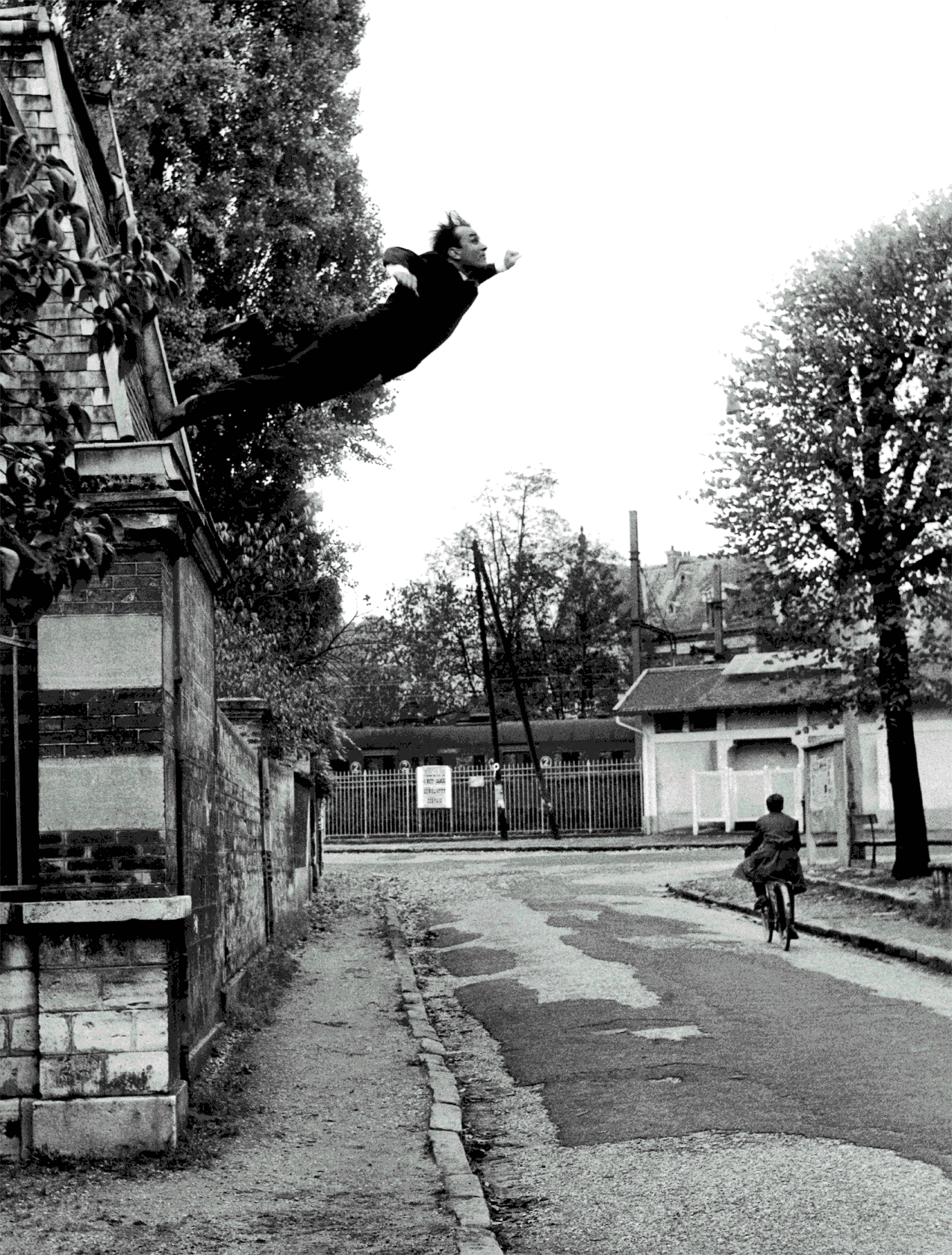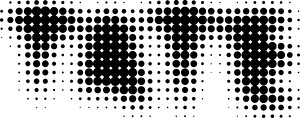October 21, 2016–March 5, 2017
October 21, 2016–March 5, 2017
October 21, 2016–March 19, 2017
Albert Dock
Liverpool L3 4BB
United Kingdom
This winter at Tate Liverpool features Yves Klein, Edward Krasiński and Cécile B. Evans, three artists who take a performative approach to art’s relationship with the world. Their visions investigate how theatrical gesture and staging can activate people and spaces to generate artworks, scenarios and installations.
Over seven prolific years until his premature death, Yves Klein (1928–62) pursued an expansive approach to art encompassing painting, sculpture, performance, theatre, music, film, architecture, esoteric spirituality and even judo. Reacting against the dominant abstract artistic movements of the previous generation that emphasized improvisatory, highly gestural actions, Klein sought to revolutionise our perception and experience of art.
Klein’s intent was to achieve absolute immateriality and infinite space, through dazzling pure colour. As a young man he proclaimed that “the blue sky is my first artwork,” later formulating his own pigment: International Klein Blue (IKB). For Klein, IKB connoted infinity and absolute freedom—an immaterial sensibility beyond that which can be seen or touched. While experimenting with single-colour monochromes in various colours, this vivid ultramarine pigment would come to dominate in many of his works.
Klein’s vision evolved in increasingly performative directions. He enacted self-staged leaps into the unknown, his body at one with space. In other works he choreographed nude models to sponge themselves in IKB paint to become “living paint brushes,” imprinting a trace of life directly onto the picture surface. The performative direction led Klein to harness fire as an elemental expression of the void. Klein’s expansive attitude foreshadowed artistic movements such as pop, conceptual, installation and performance art.
Edward Krasiński (1925–2004) is one of the most significant Eastern European artists of the 20th century. Born in Lutsk, now Ukraine, he studied design at the Arts and Crafts School and later painting at the Academy of Fine Arts in Krakow in the 1940s.
In 1954 Krasiński moved to Warsaw, where he worked as an illustrator and set designer, developing an art practice influenced by dada and surrealism and later by Polish constructivism. He mixed with artists and critics, with whom he came to form a dynamic social and artistic scene leading, in 1966, to the founding of the Foksal Gallery, established to extend radical approaches to contemporary art. Since the end of the 1960s Krasiński exhibited widely in Poland and internationally. This exhibition is a first survey of the artist’s work in the UK.
The show spans over 50 years of Krasiński’s remarkable career while investigating his experimental approach to art and exhibition-making. Tracing his interest in the integration of sculpture with its surroundings, the exhibition examines the artist’s preoccupation with space. It showcases his gravity-defying linear sculptures, the signature use of blue adhesive tape, as well as the pioneering incorporation of photography in his works. Recreations of Krasiński’s landmark exhibitions from across his career help to track his progressive interest in staging spatially dynamic situations and installations. Charting these developments, the exhibition highlights Krasiński’s contribution to global tendencies such as minimalism and conceptual art of the 1960s and beyond.
Cécile B. Evans is interested in the increasing influence that new technologies have on the way we feel and the way we relate to each other. In this new commission, Sprung a Leak, Evans presents an automated play “outsourced” to two humanoid robots and a robot dog, who collaborate with a group of three “users” tethered to poles. In this near-future scenario, the characters respond to a series of information overflows, or leaks, from ruptures in the system in a performance on a loop in the gallery during opening hours.
Referring to emotional contagion in relation to beauty bloggers, natural disasters and rolling news, Evans reconfigures the Wolfson gallery into a stage and uses the language of theatre to investigate the changing relationship between humanity and technology.
Yves Klein: Theatre of the Void is curated by Darren Pih, Exhibitions and Displays Curator.
Edward Krasiński is curated by Kasia Redzisz, Senior Curator with Stephanie Straine, formerly Assistant Curator at Tate Liverpool, now Curator, Modern Art Oxford and Tamar Hemmes, Assistant Curator, Tate Liverpool.
Cécile B. Evans is curated by Lauren Barnes, Assistant Curator.
Sponsored by Edge Hill University.
Supported by Tate Liverpool Members, Foksal Gallery Foundation, The Ministry of Culture and National Heritage of the Republic of Poland and Culture.pl., The Polish Cultural Institute in London, University of Liverpool, Tate Liverpool Commissioning Circle, Katharina Sulke and Clear2Frost.
*(1) Yves Klein, collaboration Harry Shunk and János Kender, Leap Into the Void, Fontenay-aux Roses, France, October 23 1960. Artistic action by Yves Klein. © Yves Klein, ADAGP, Paris and DACS, London 2016. © J. Paul Getty Trust. Getty Research Institute, Los Angeles (2014.R.20). (2) Edward Krasiński, J’AI PERDU LA FIN!!!, 1969. Photo: Eustachy Kossakowski. © Hanna Ptaszkowska and archive of Museum of Modern Art Warsaw. Courtesy Paulina Krasinska and Foksal Gallery Foundation, Warsaw. (3) View of Cécile B. Evans, What the Heart Wants, 9th Berlin Biennale for Contemporary Art, 2016. Courtesy Cécile B. Evans; Galerie Emanuel Layr, Vienna; Barbara Seiler, Zurich, Private Collection. Photo: Timo Ohler.


